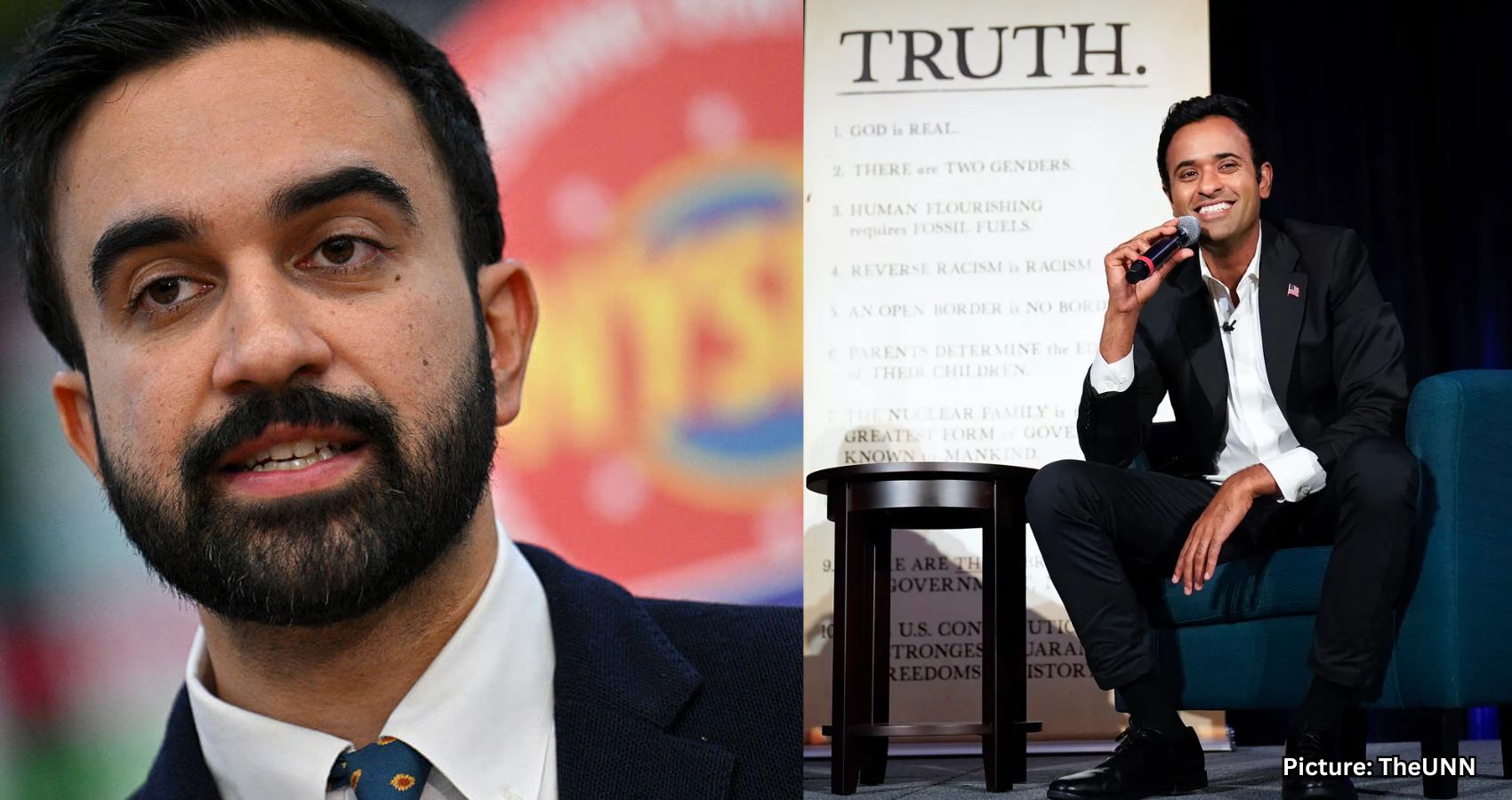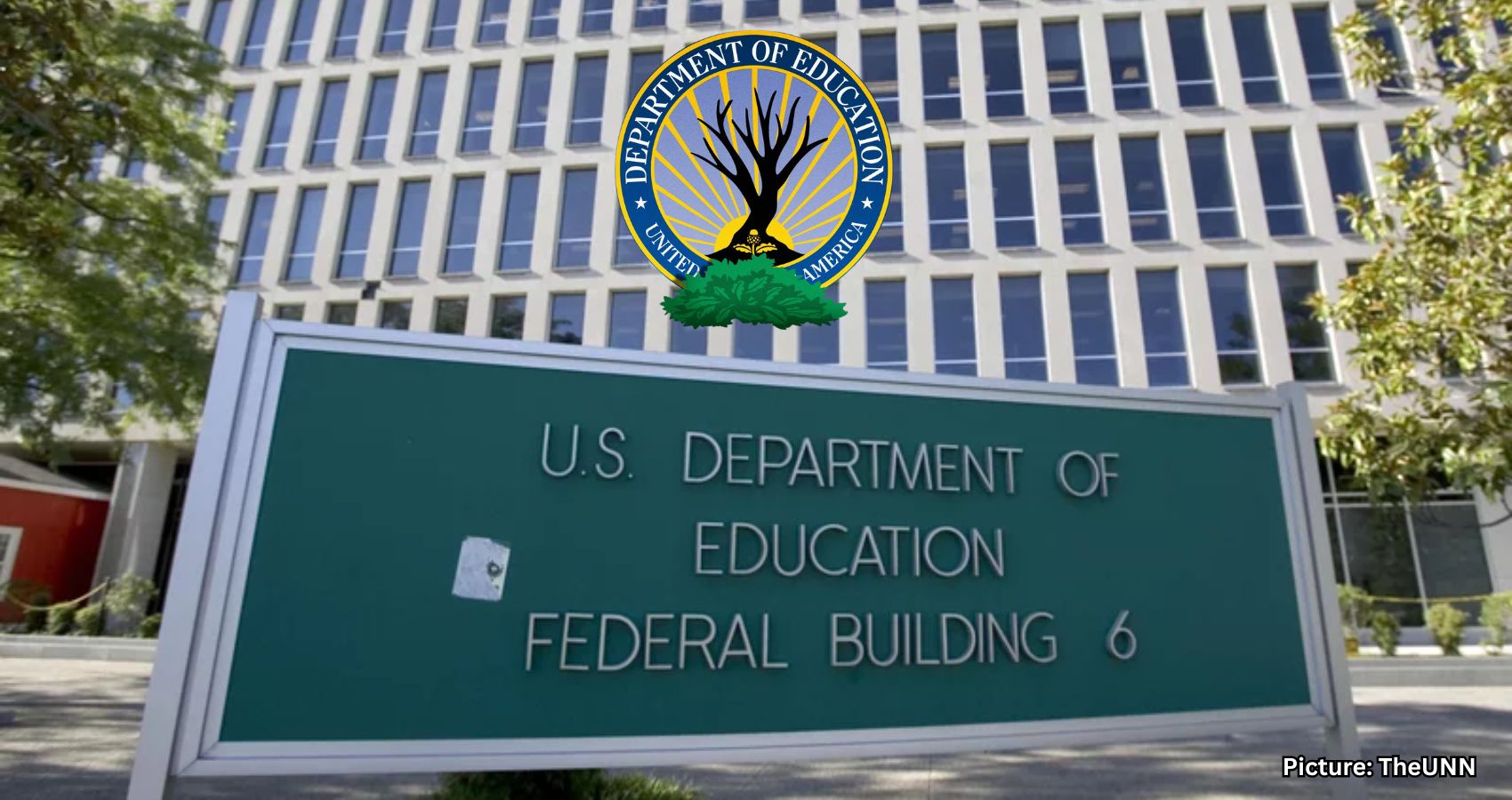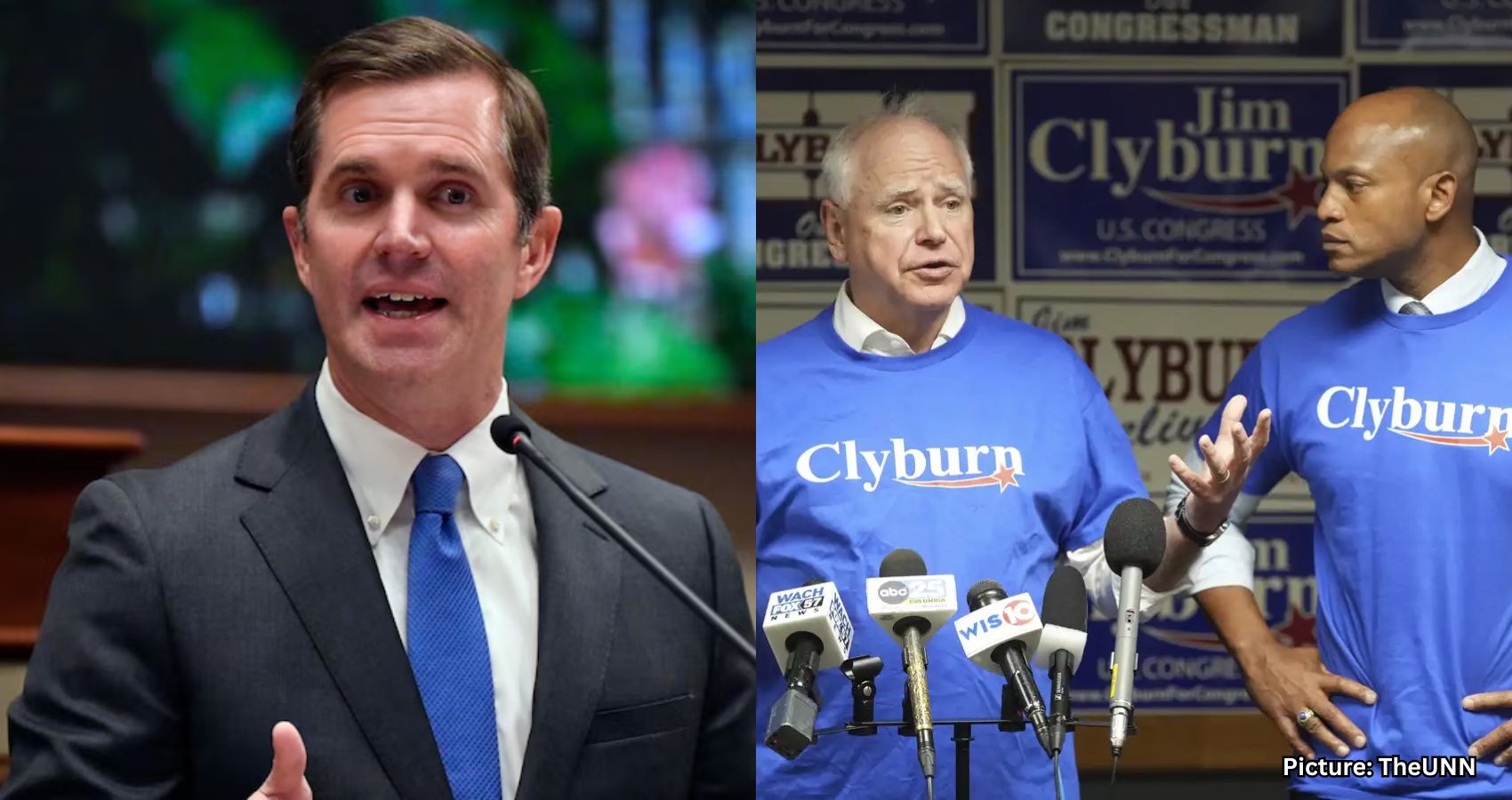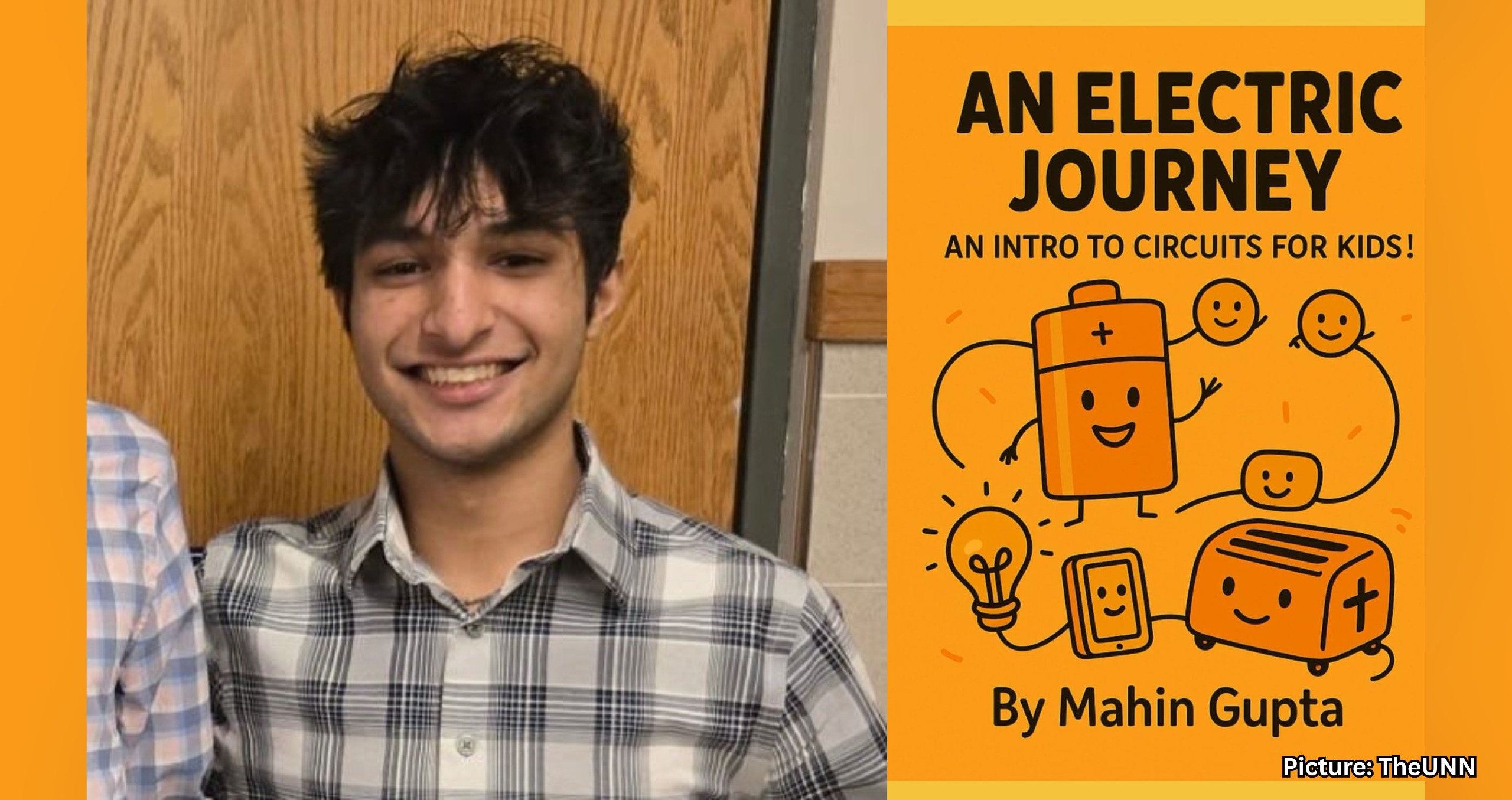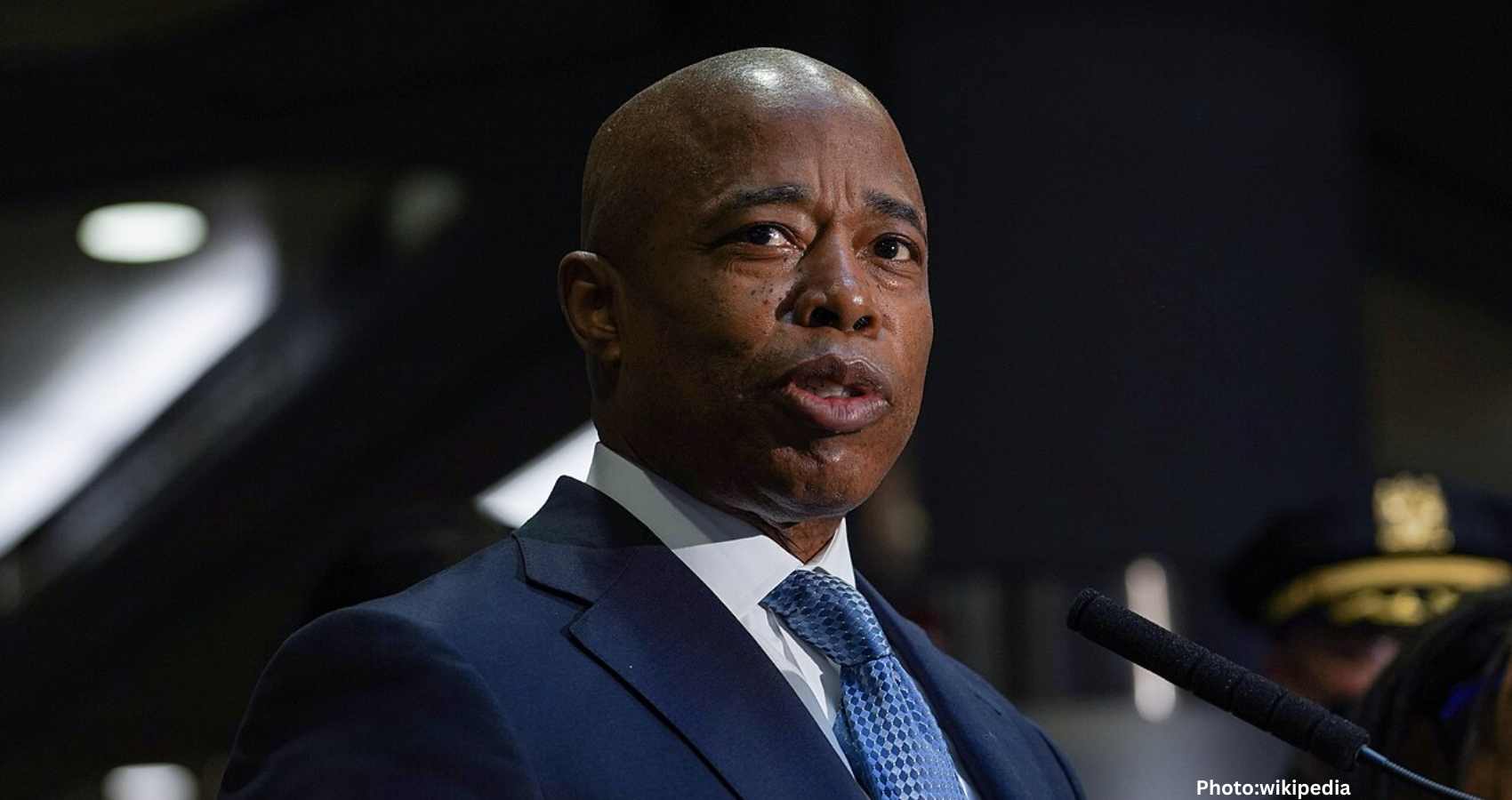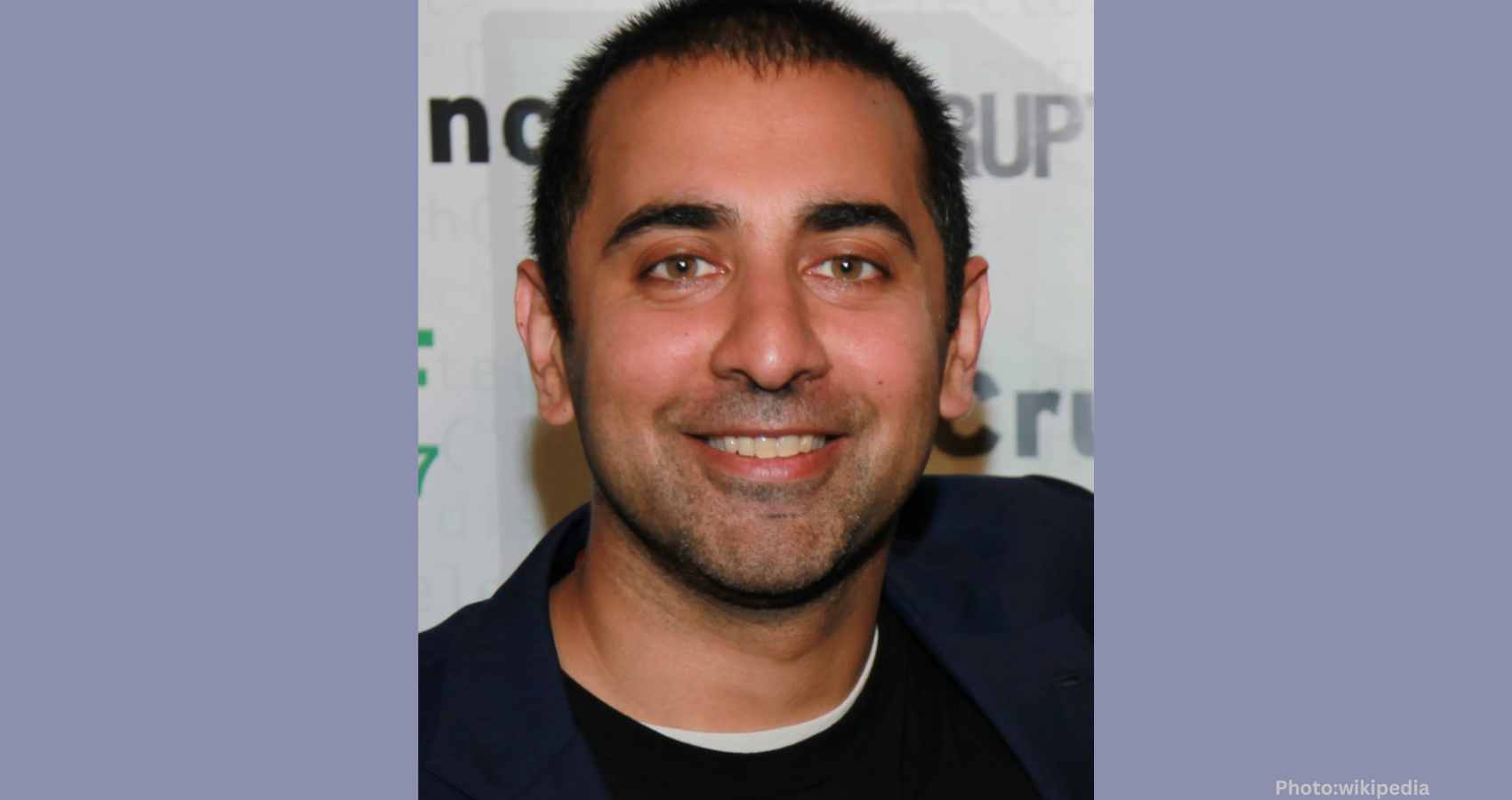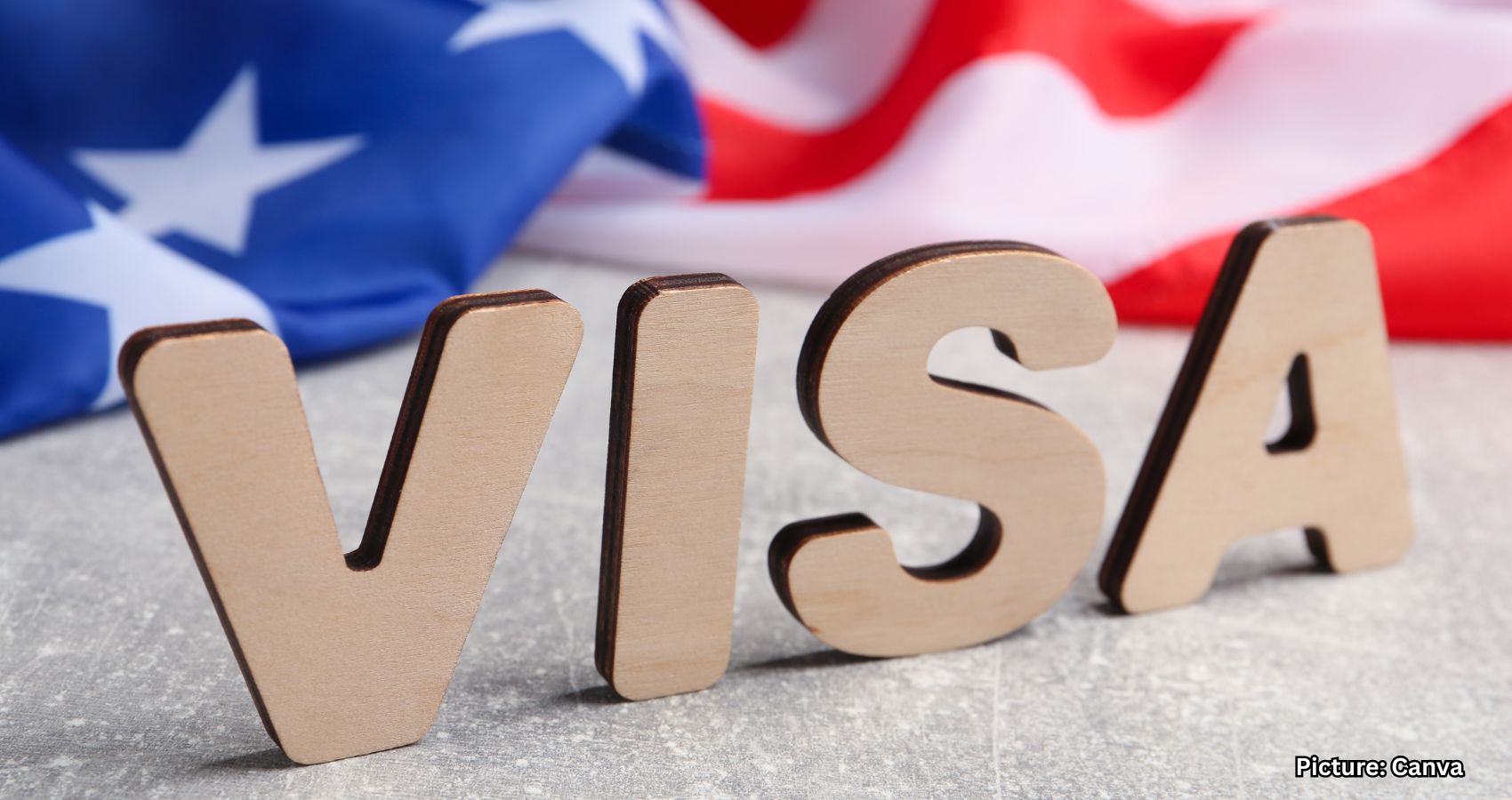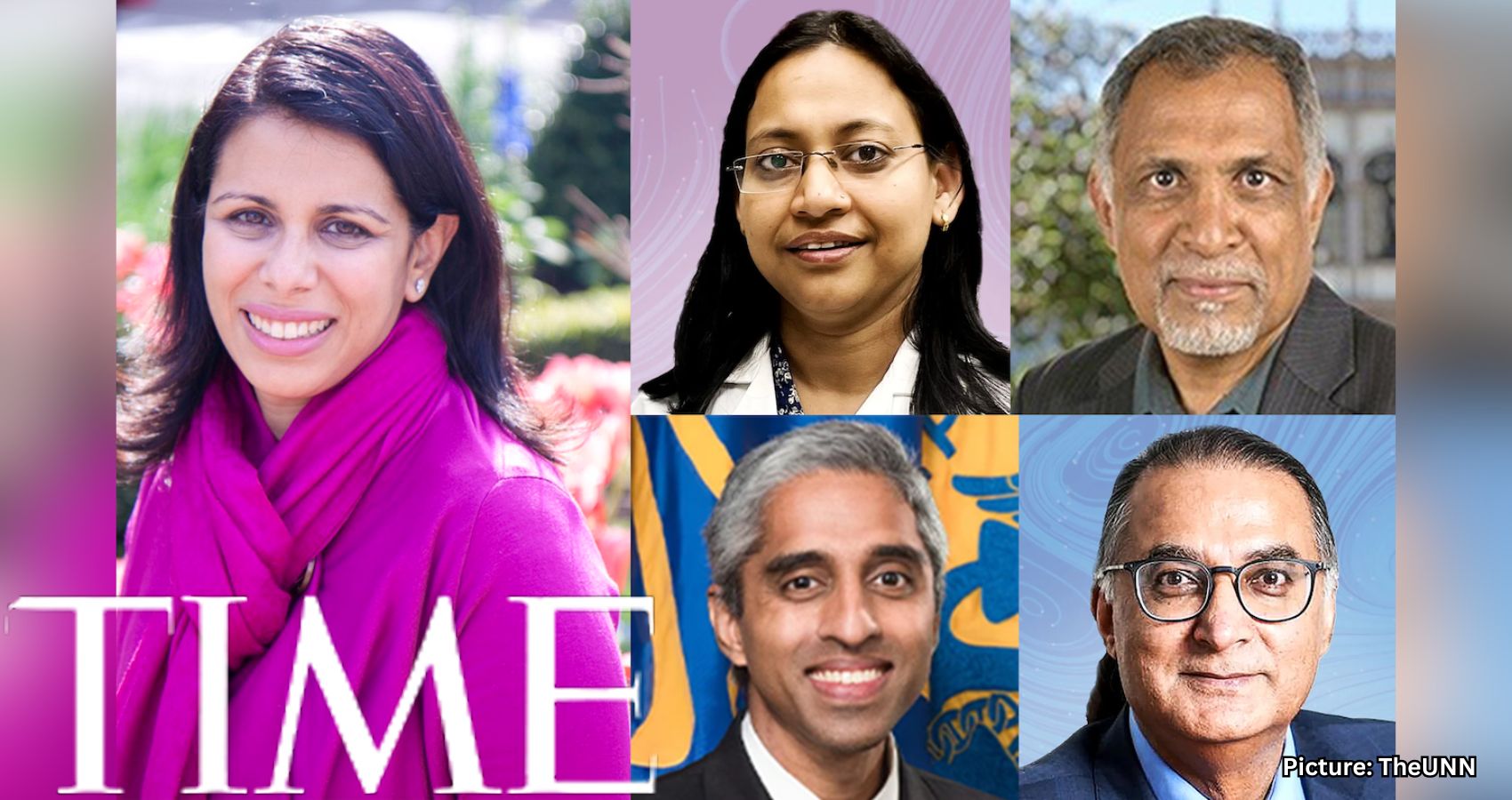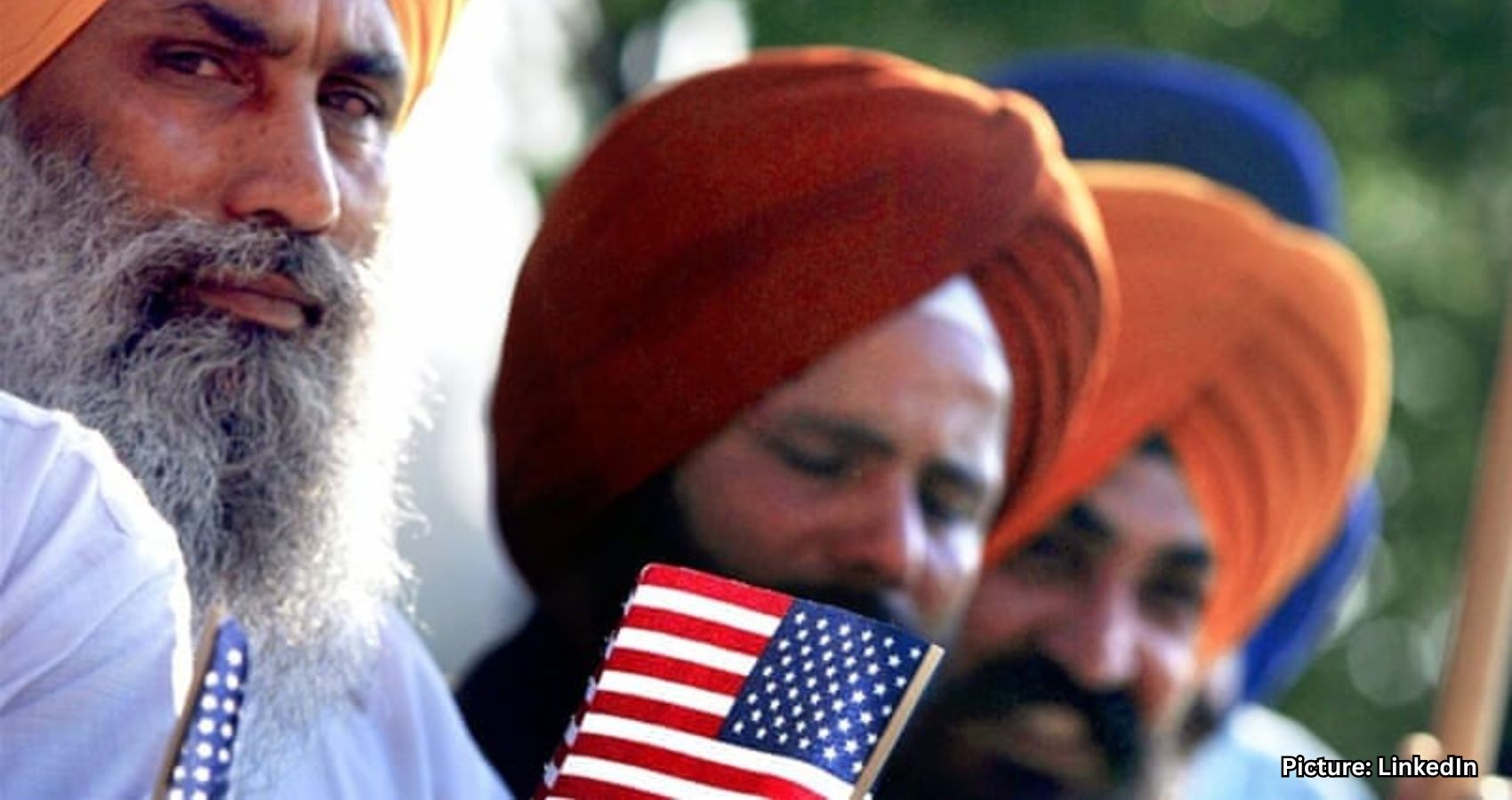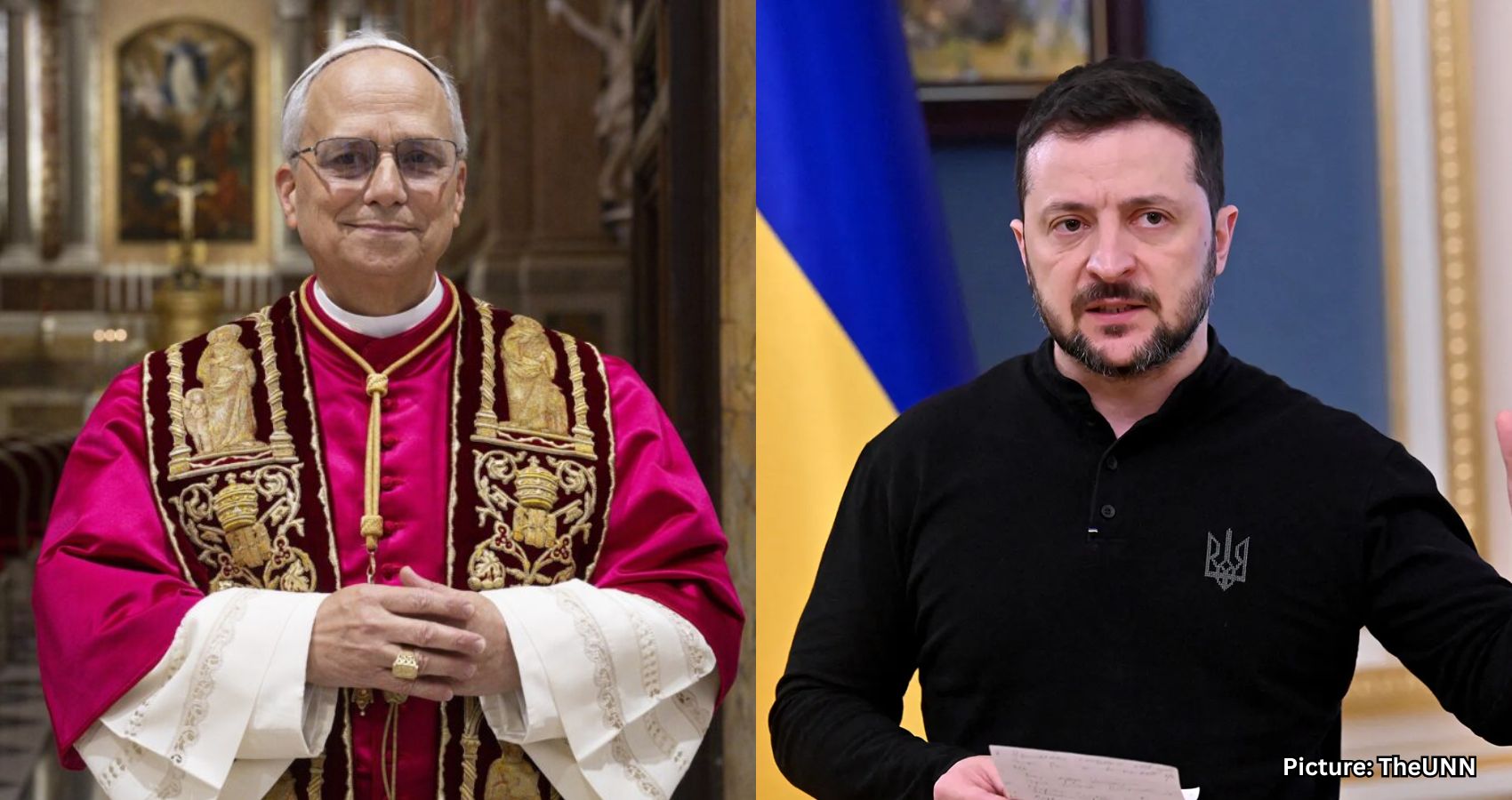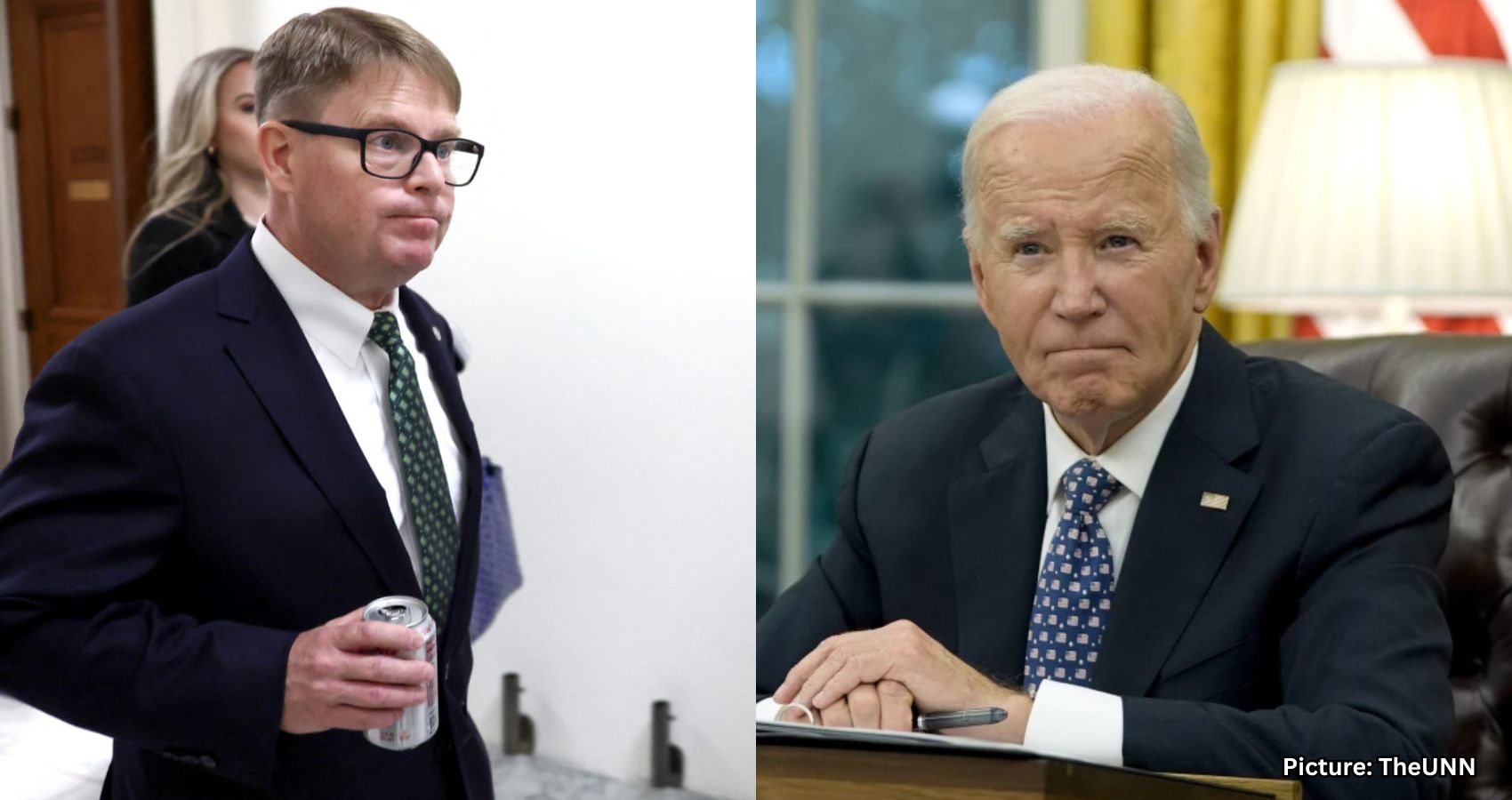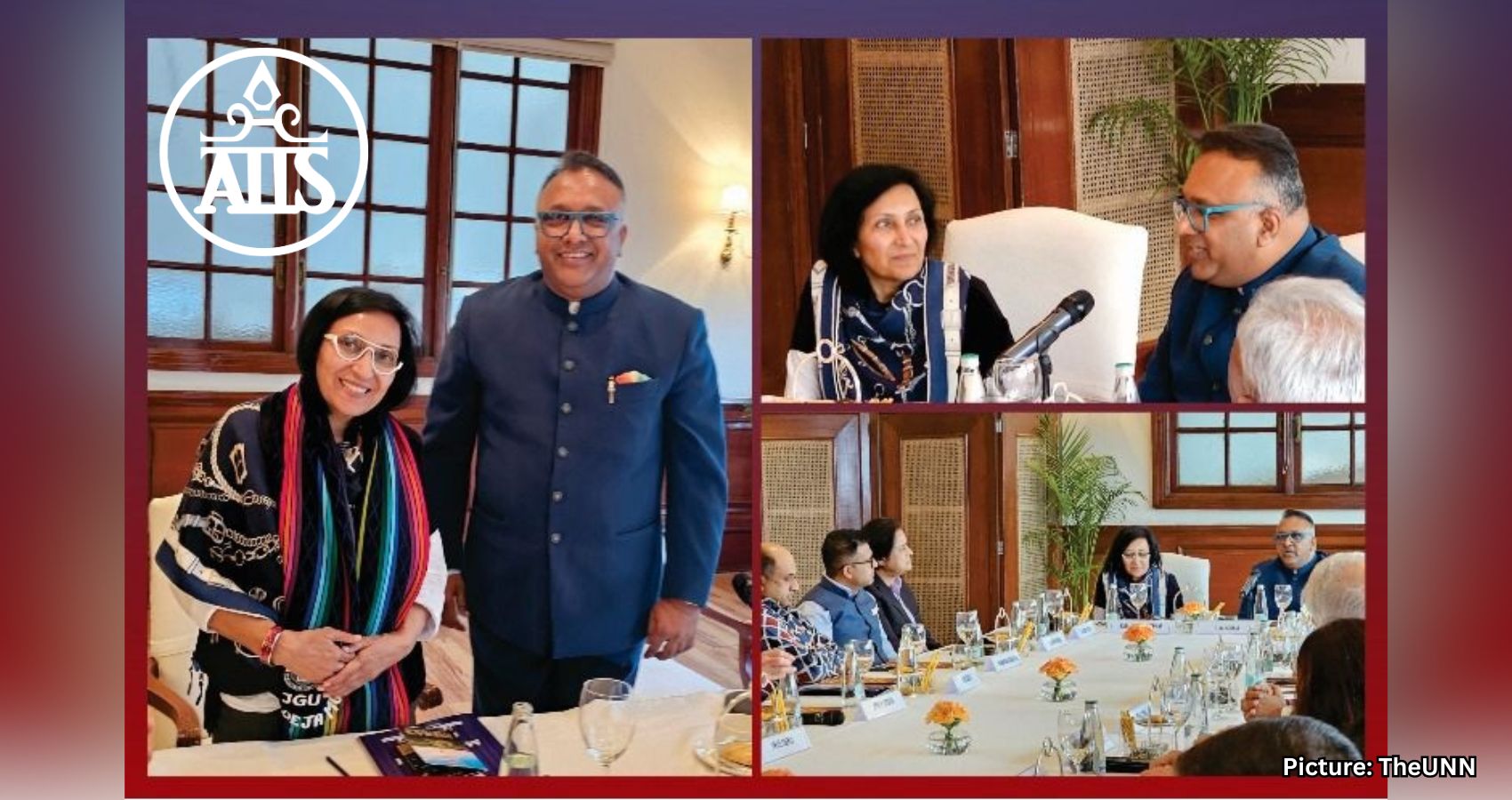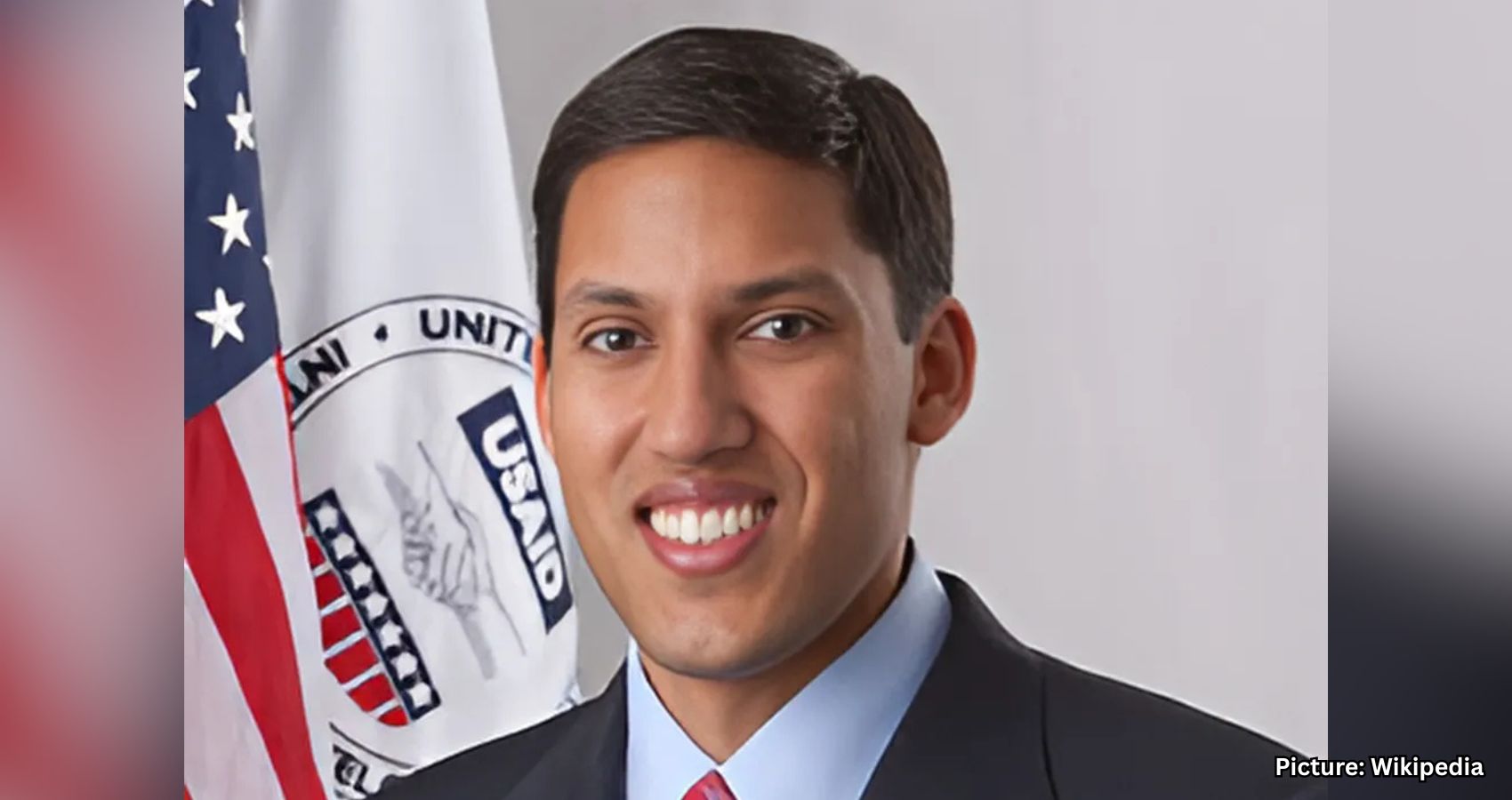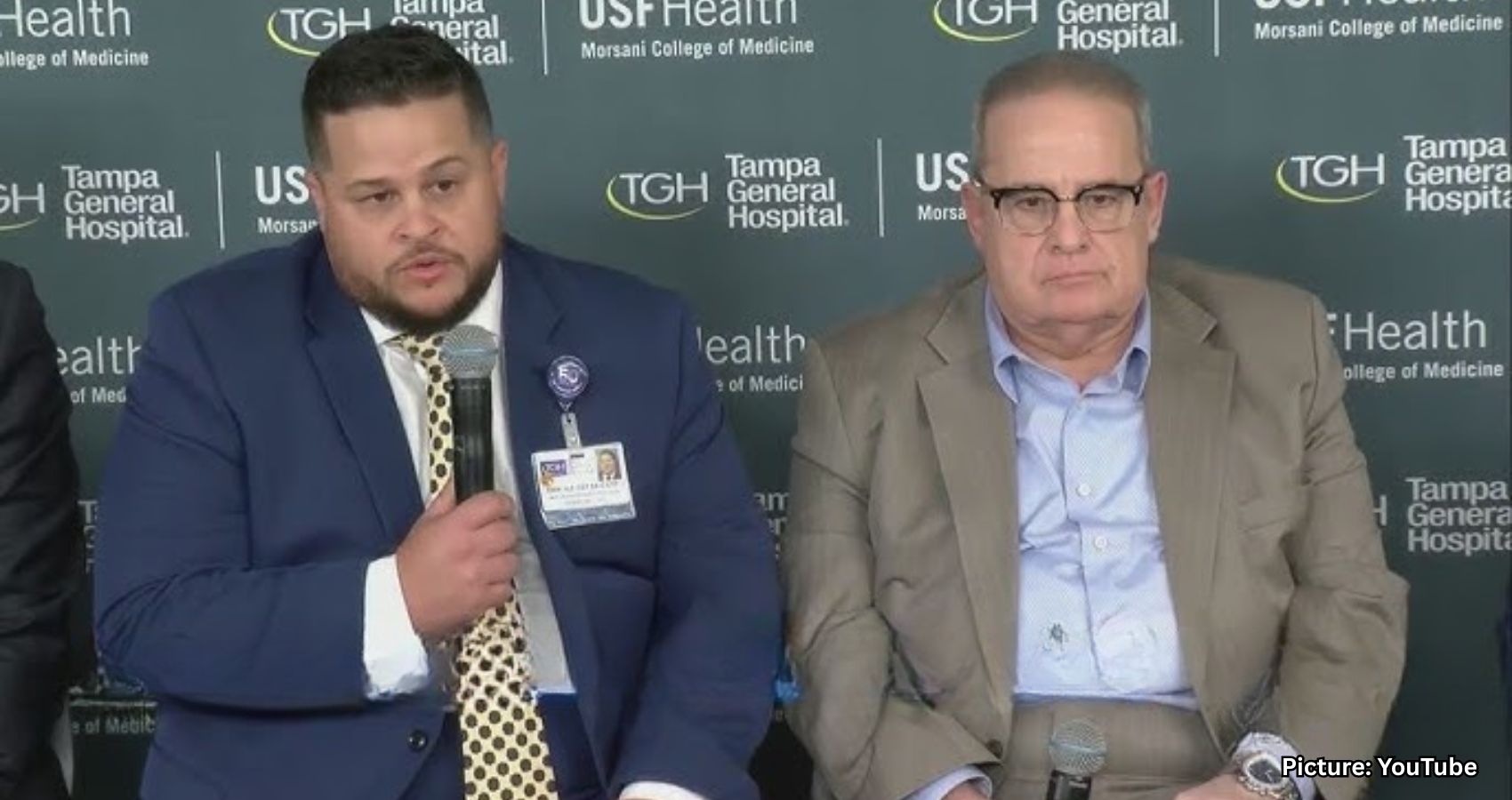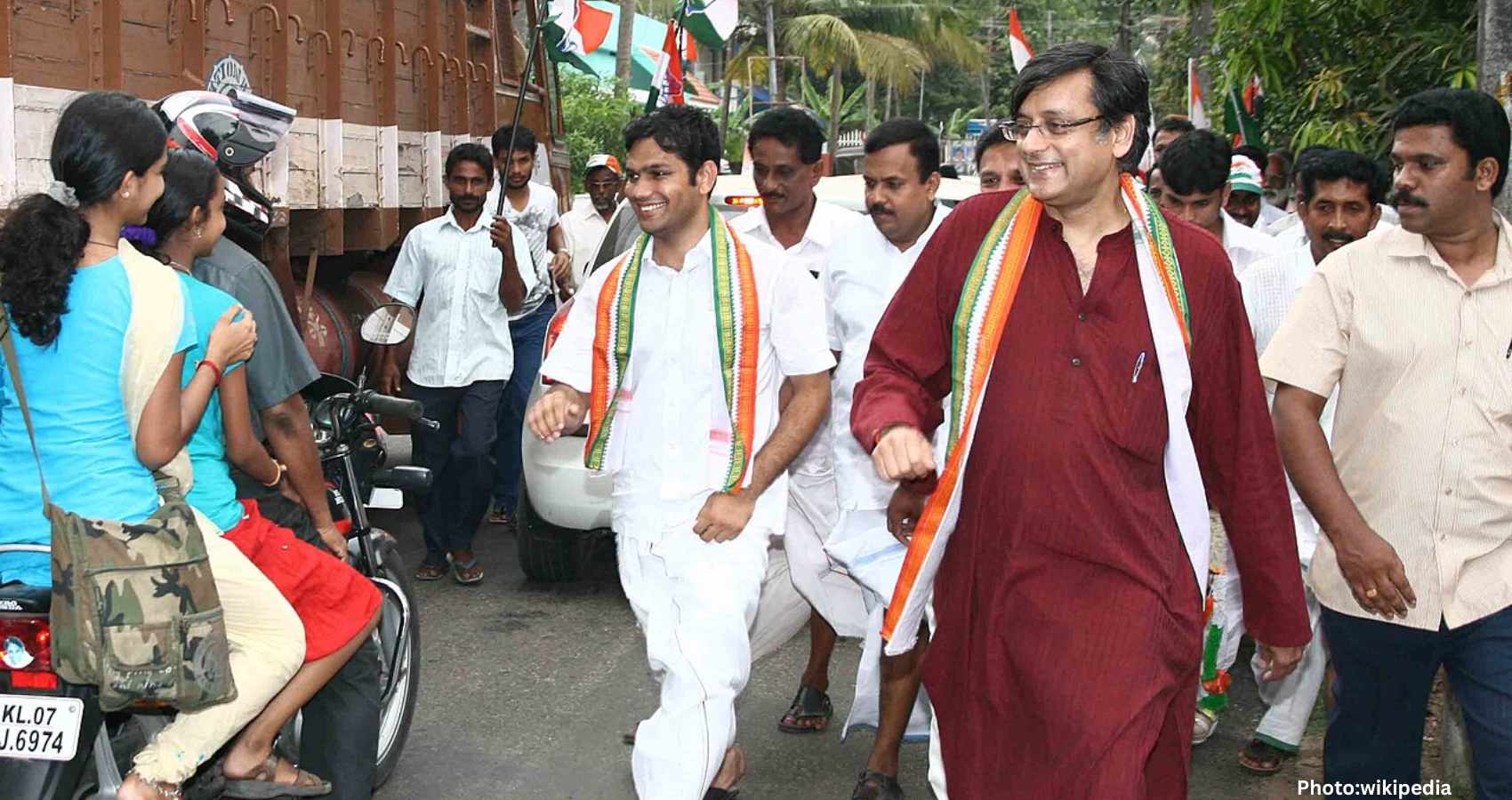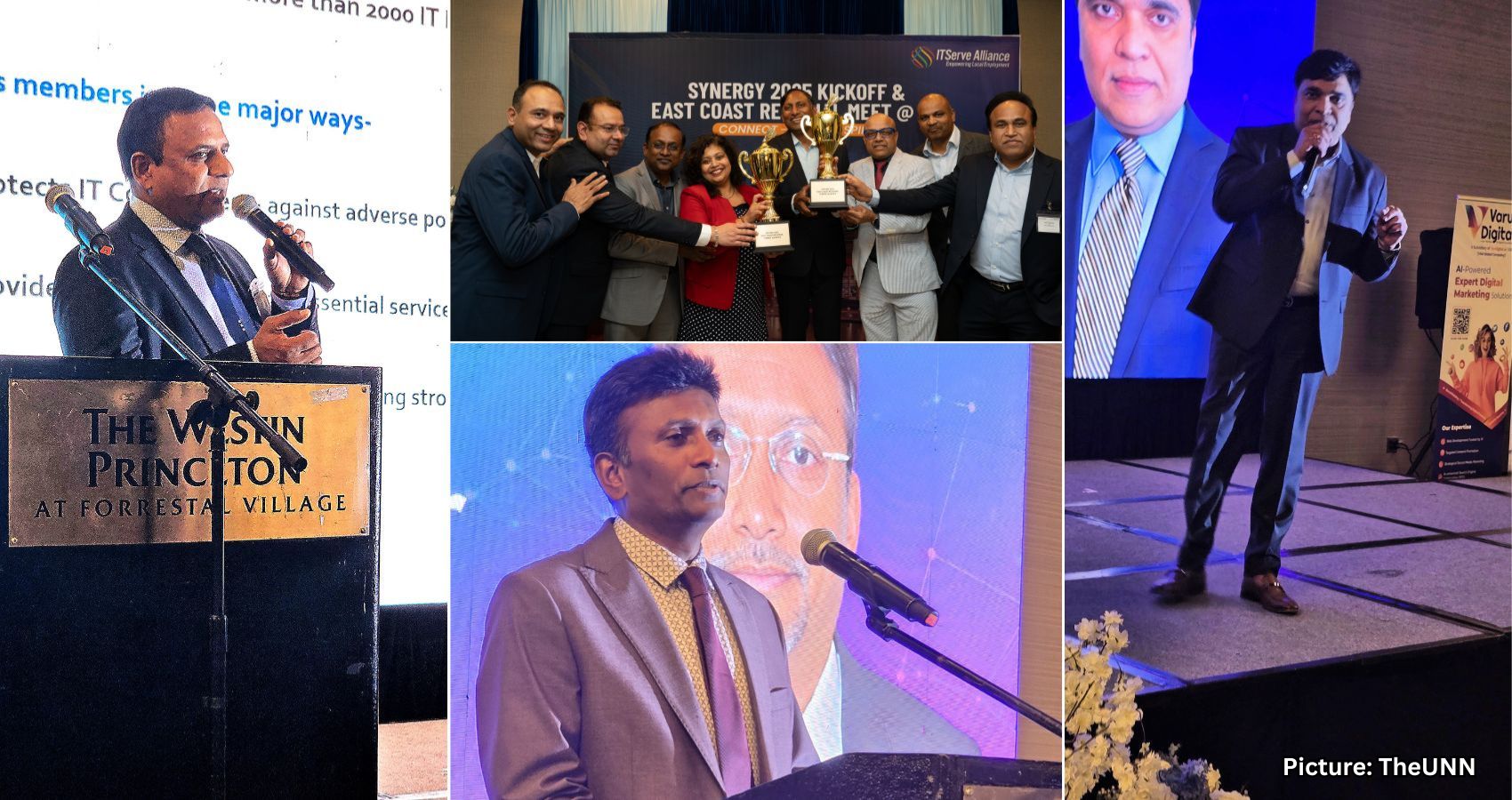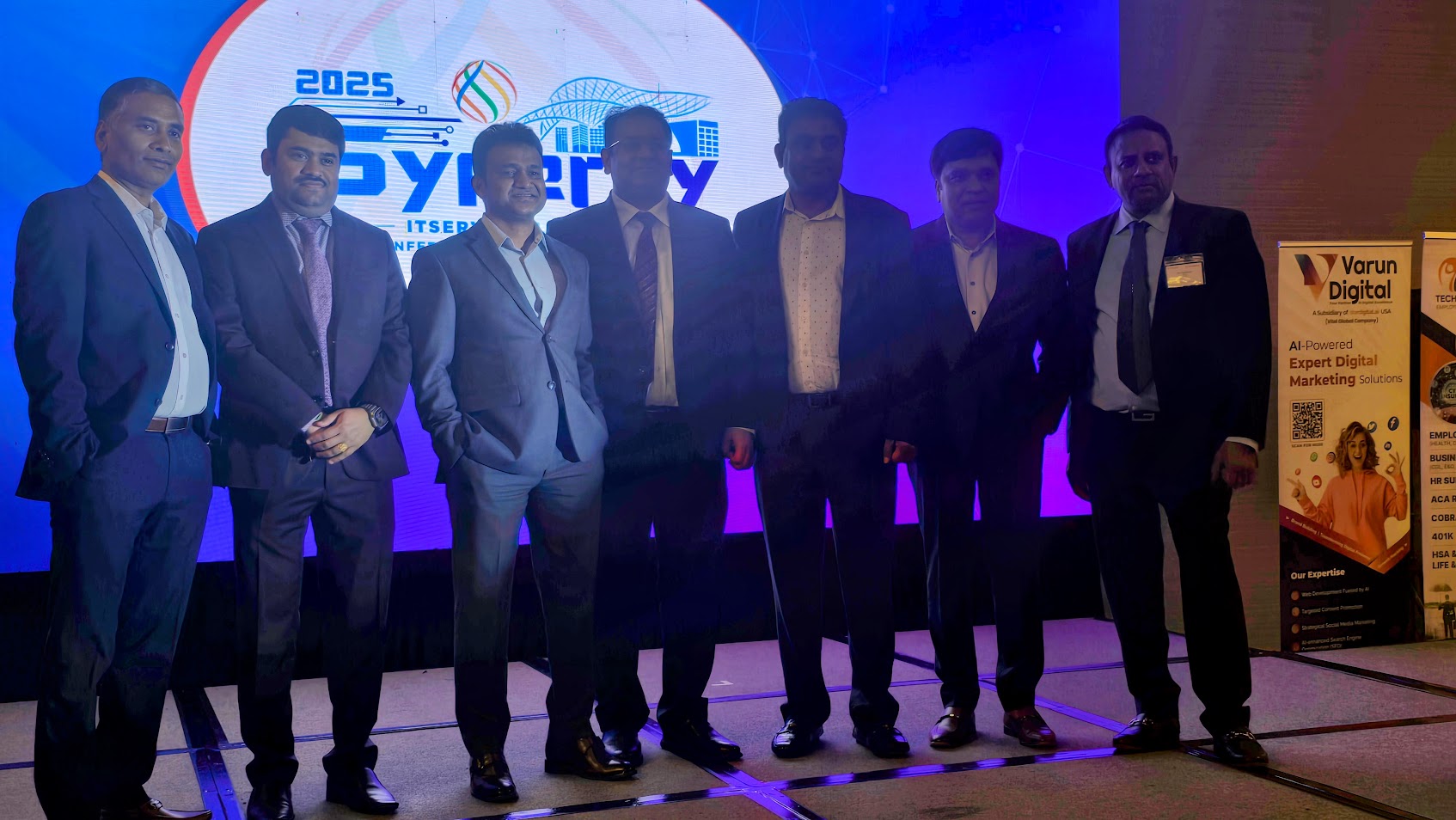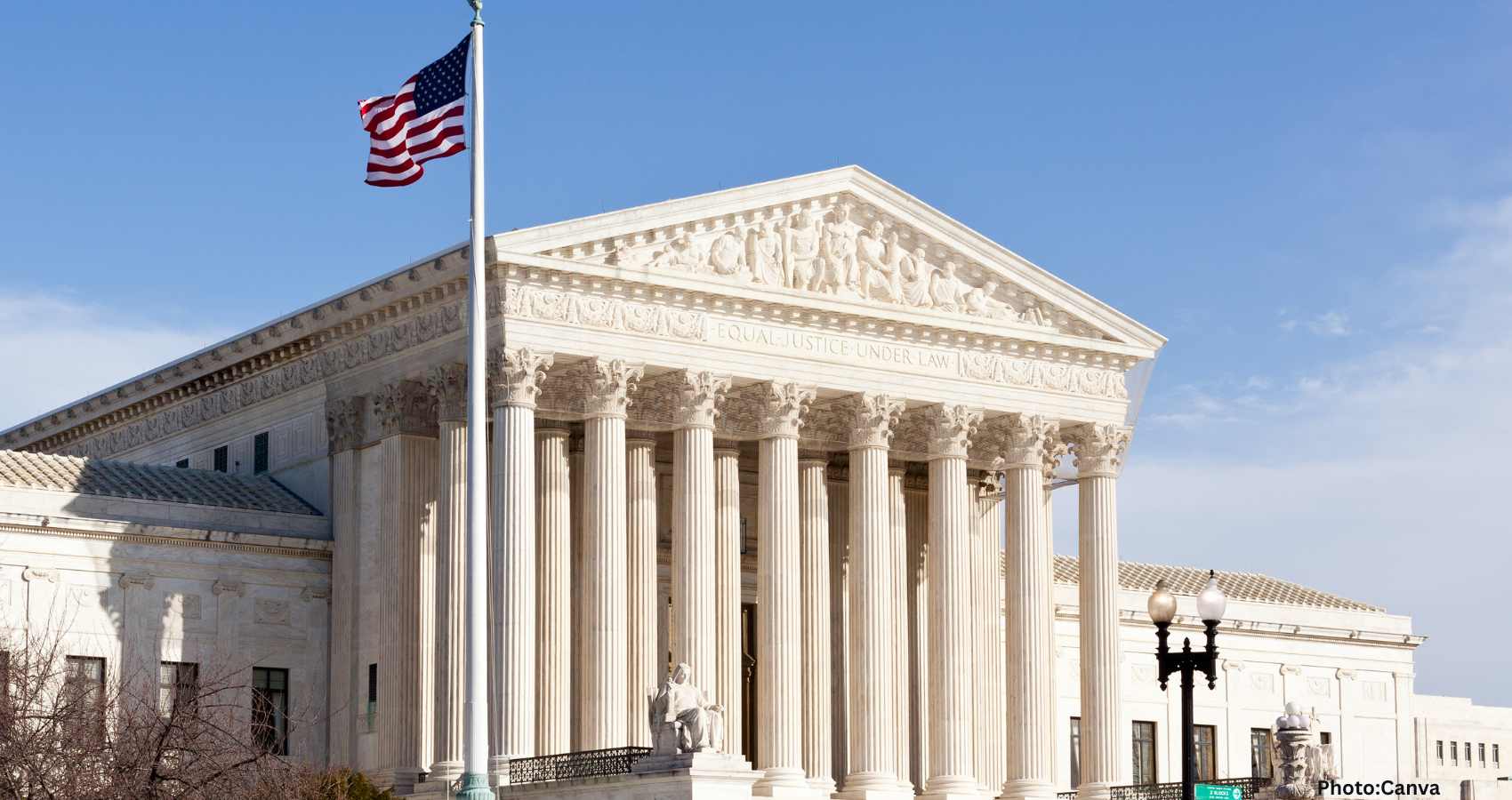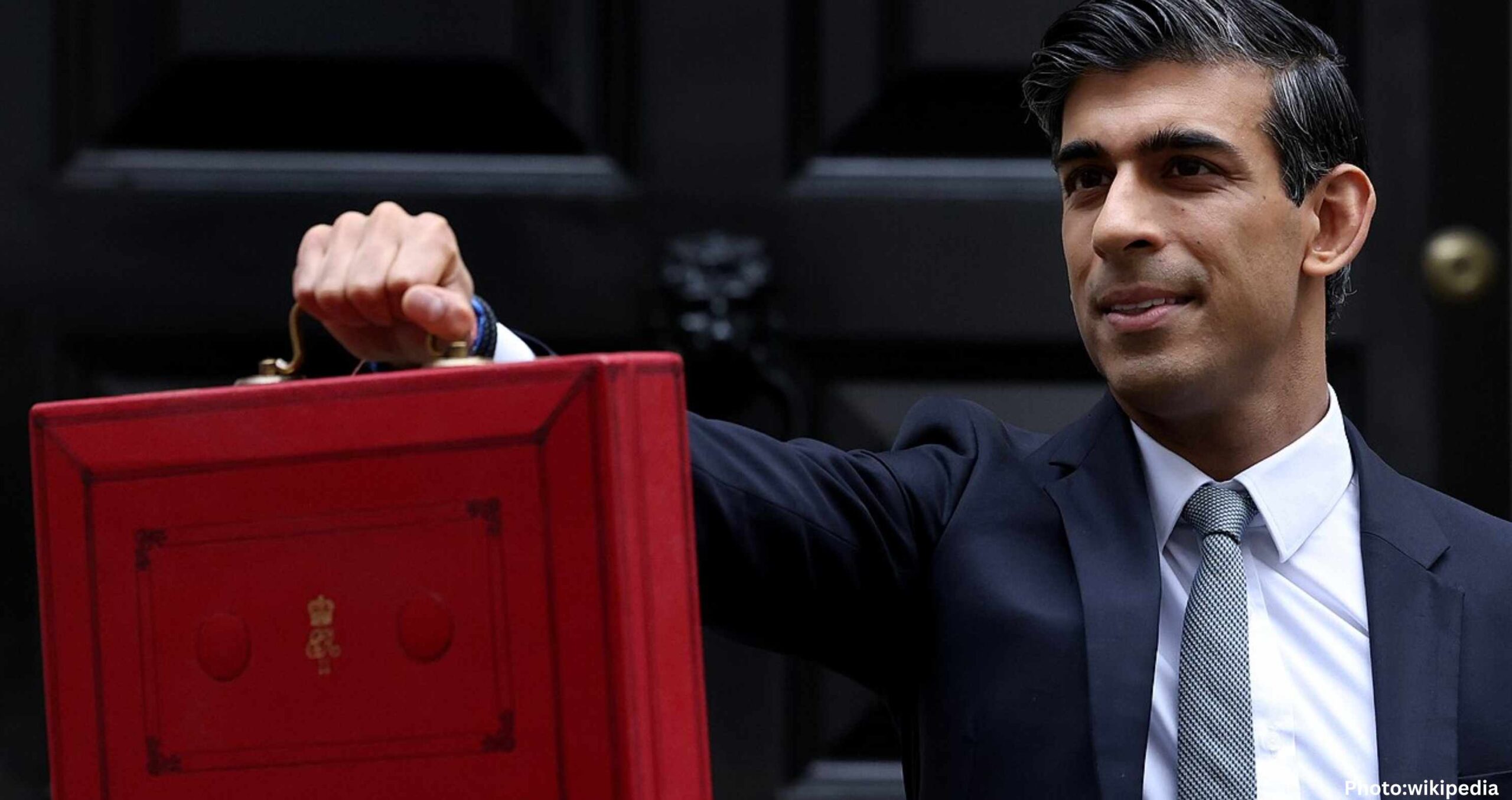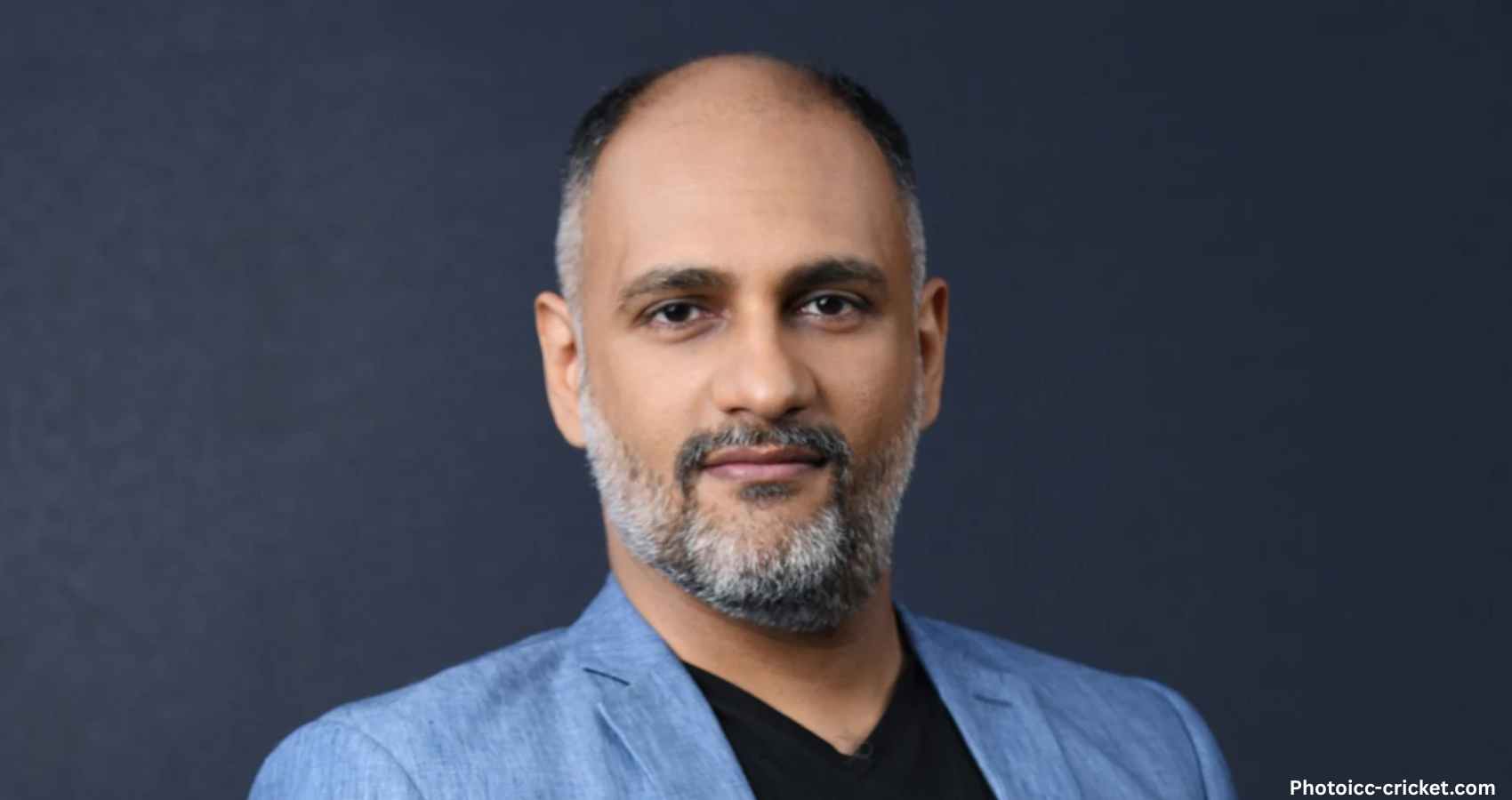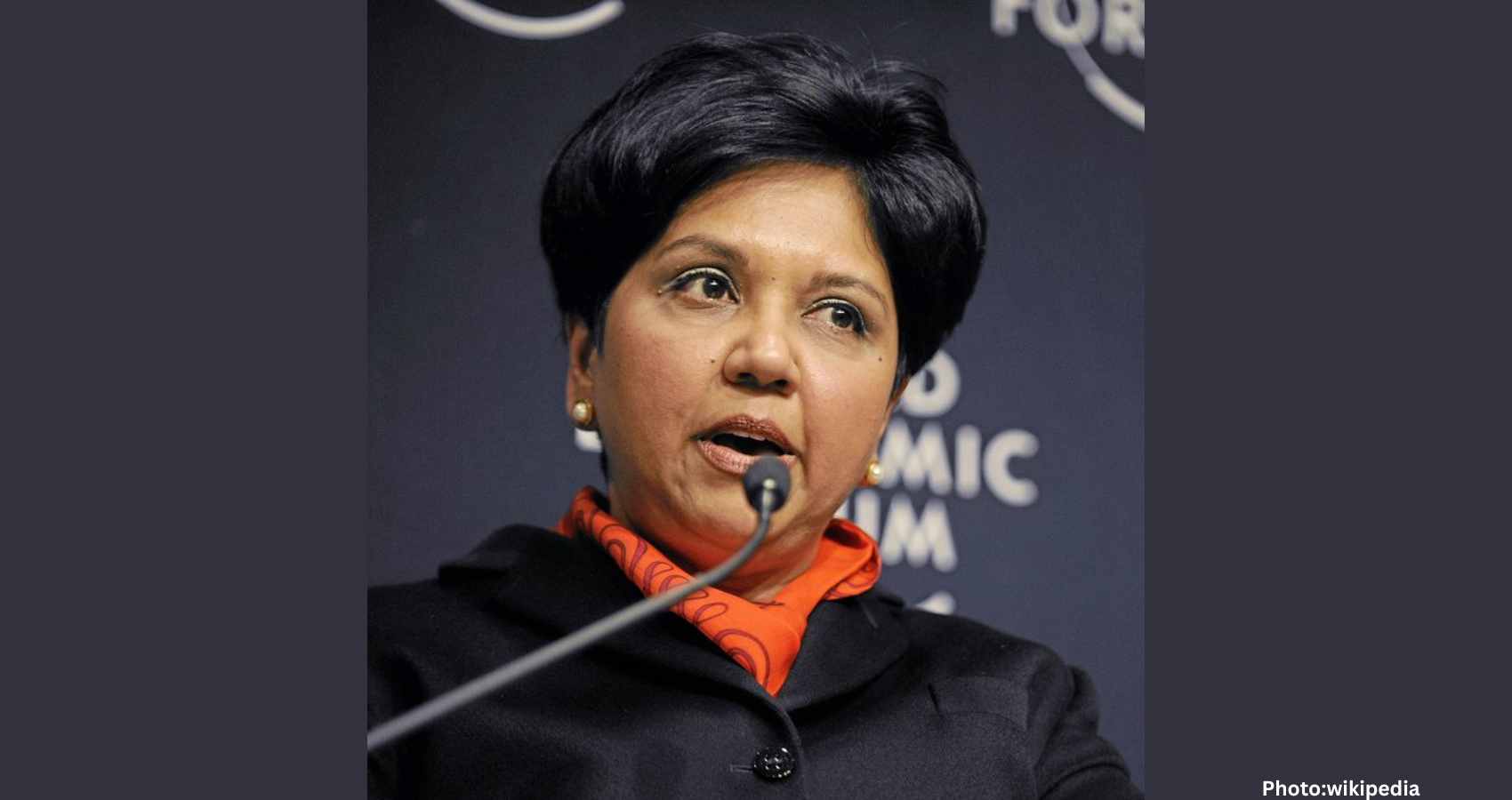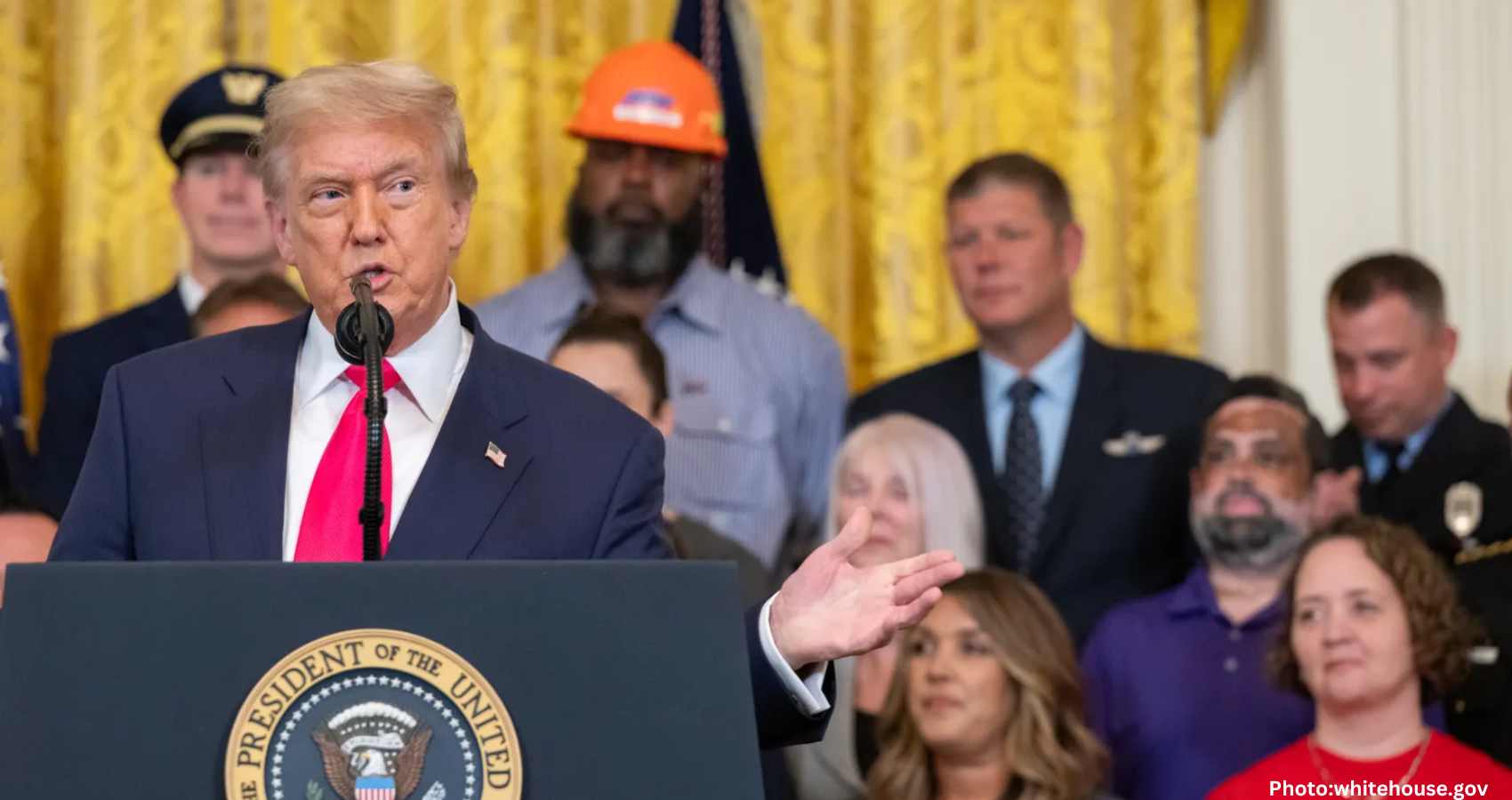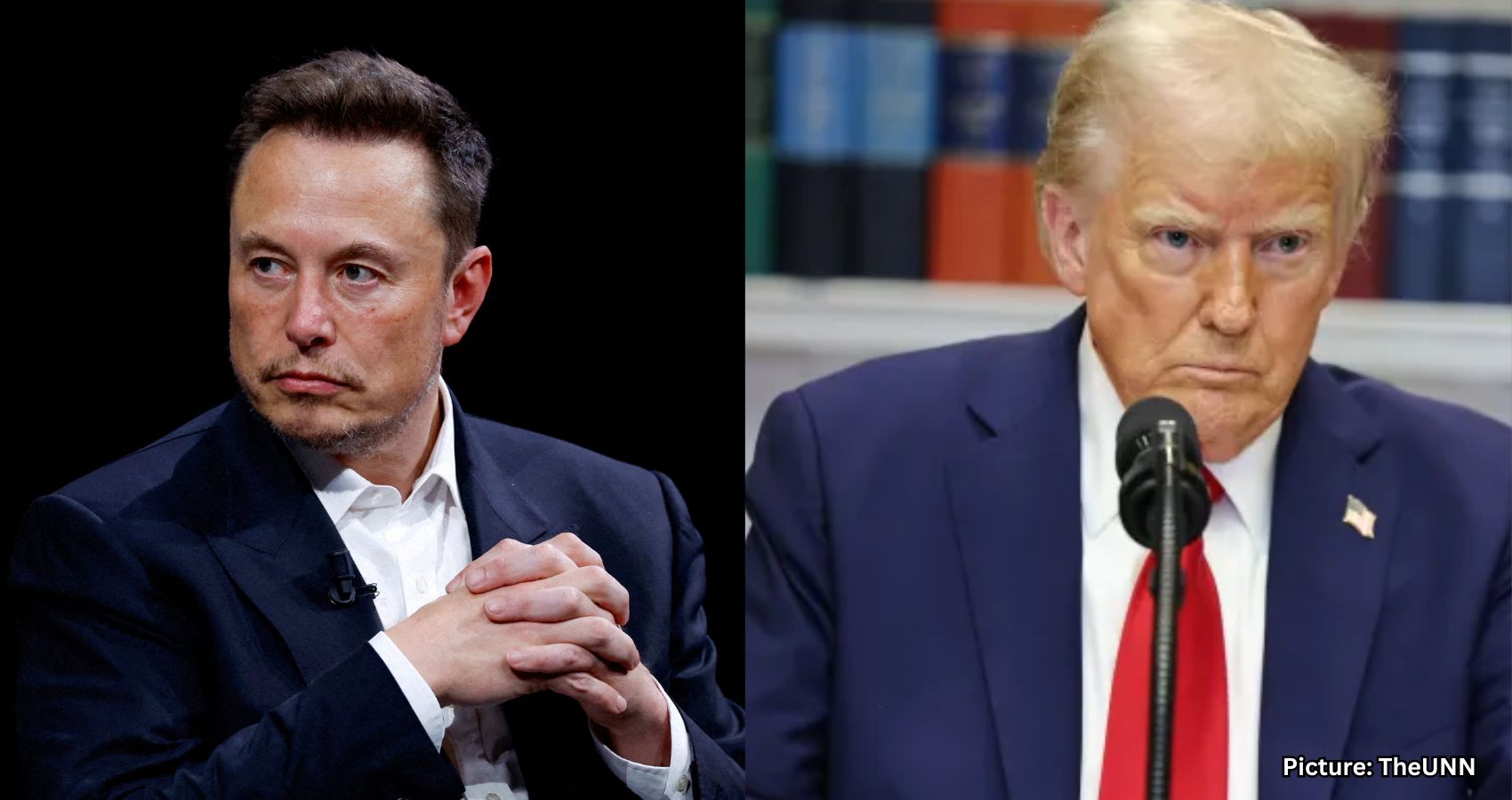The U.S. government has imposed a 17% duty on most fresh Mexican tomatoes, a move expected to raise prices for American consumers but boost the domestic tomato industry.
The new import tax comes after negotiations between the United States and Mexico failed to reach an agreement to prevent the tariff. Proponents of the duty argue it will revitalise the U.S. tomato industry, which has seen a steady decline over the years. Currently, Mexico supplies approximately 70% of tomatoes consumed in the U.S., a significant increase from 30% two decades ago, according to the Florida Tomato Exchange.
Robert Guenther, executive vice president of the trade group, hailed the imposition of the duty as “an enormous victory for American tomato farmers and American agriculture.” He believes the measure will secure jobs and promote the cultivation of tomatoes within the U.S.
Opponents of the tariff, however, claim it will lead to higher prices for U.S. consumers. Marcelo Ebrard, Mexico’s Economic Secretary, reiterated the Mexican government’s intent to seek a suspension of the tariff. Ebrard warned that the duty would negatively affect American consumers’ wallets and labelled it unfair both to Mexican producers and the American industry.
Additionally, he argued that the success of Mexican tomato imports in the U.S. is due to the quality of the produce rather than any unfair trade practices.
Differing cultivation methods between the two countries could further impact the market. Mexican greenhouses focus on vine-ripened tomatoes, while Florida growers typically harvest green tomatoes from fields.
Tim Richards, a professor of agribusiness at Arizona State University, suggested that U.S. retail prices for tomatoes could increase by approximately 8.5% due to the 17% duty. In areas heavily reliant on Mexican tomatoes, the price increase may reach nearly 10%, according to Jacob Jensen, a trade policy analyst at the American Action Forum. Other parts of the U.S. could see smaller price hikes closer to 6%.
Lance Jungmeyer, president of the Fresh Produce Association of the Americas, expressed concern over these price increases. “As an industry, we are saddened that American consumers will have to pay more for a reduced selection of the tomatoes they prefer,” he said, referring to popular varieties such as tomatoes on the vine, grape tomatoes, and Romas.
The duty is part of a long-term U.S. complaint regarding Mexican tomato exports and is separate from the broader 30% base tariff on products from Mexico and the European Union announced by President Donald Trump.
This development follows the Commerce Department’s announcement in April that it would withdraw from the Tomato Suspension Agreement, a 2019 pact with Mexico designed to address allegations of dumping—selling tomatoes at artificially low prices. Although the agreement was subject to regular reviews, it had consistently helped avoid imposing duties in the past.
Commerce Secretary Howard Lutnick stated that withdrawing from the agreement aligns with the Trump administration’s trade policies. “For far too long, our farmers have been crushed by unfair trade practices that undercut pricing on produce like tomatoes. That ends today,” Lutnick said.
Several organizations, including the U.S. Chamber of Commerce and the National Restaurant Association, had urged the Commerce Department to maintain the agreement. Both Texas Governor Greg Abbott, a Republican, and Arizona Governor Katie Hobbs, a Democrat, also advocated for retaining the agreement. In a letter to Lutnick, the U.S. Chamber of Commerce warned that withdrawing from the deal could lead to retaliatory measures against other U.S. products, complicating an already challenging trade environment.
The letter noted that U.S. companies employ 50,000 workers and generate $8.3 billion in economic benefits by moving tomatoes from Mexico into U.S. communities, highlighting the significant impact the tariff could have on both businesses and consumers.
Source: Original article


